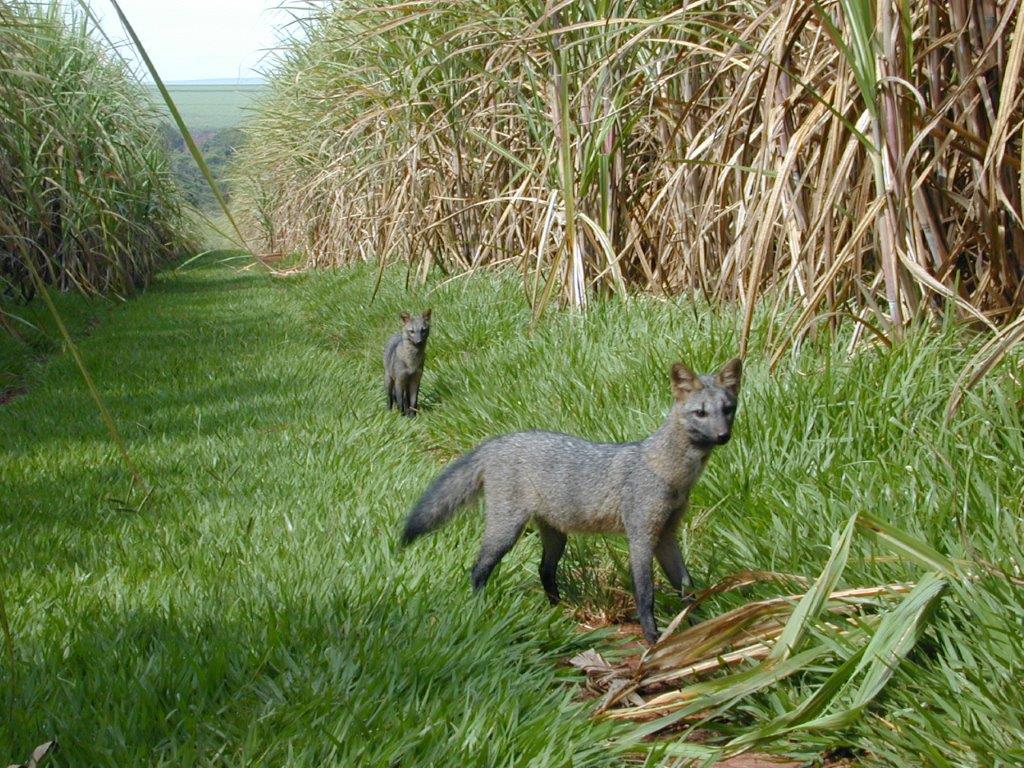An Overview Of Our Solution
- Population Impacted:
- Continent: South America
Organization type
Population impacted
Size of agricultural area
Production quantity
People employed
Describe your solution
Describe your implementation
External connections
What is the environmental or ecological challenge you are targeting with your solution?
Describe the context in which you are operating
We are operating in the countryside of São Paulo State – The richest region in Brazil. The specific region we are located is very specialized in agribusiness in general and sugarcane, sugar and ethanol business in particular, including not only production companies, but also all the supporting industry, such as farming and industrial equipment. Since this is a long time profitable activity in this region, it presents very good figures regarding social aspects, such as education, food security, economic and sustainable development when compared to Brazilian average.
How did you impact natural resource use and greenhouse gas emissions?
Language(s)
Social/Community
Water
Food Security/Nutrition
Economic/Sustainable Development
Climate
Sustainability
Our solution is highly sustainable. It does not rely on any grants or subsidies. We do, however, benefit from market-based revenues based on the premium over organic and fair trade goods.
Return on investment
Entrant Image
Entrant Banner Image
